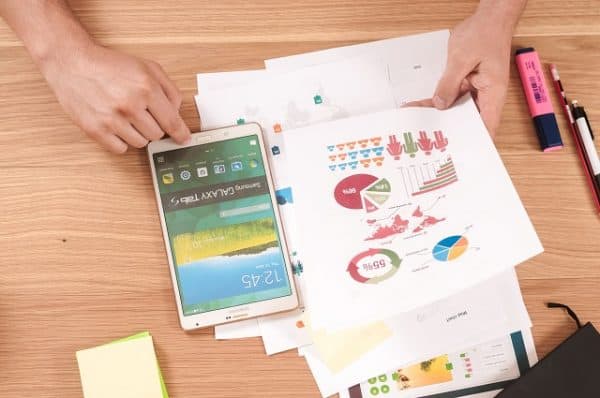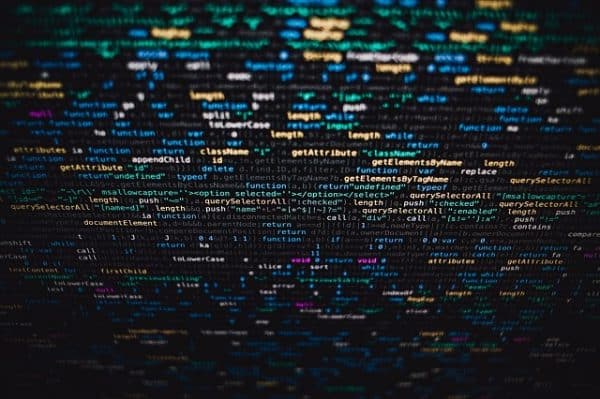Businesses today collect data at a phenomenal rate. This large amount of information, known as big data, can be compared to tracking all of the dashboard information for each car on the road every minute. The sheer amount of data can be overwhelming, to say the least. As businesses collect these massive amounts of datasets from various sources, they need solutions to help sort and interpret the information.
Despite the emergence of data discovery solutions, such as business intelligence tools, dashboards, and spreadsheets over the recent decades, a majority of companies are still unable to fully take advantage of the opportunities that are hiding in their data. This is perhaps because business intelligence tools, dashboards, and spreadsheets have a number of limitations when it comes to data analytics. The biggest problem is that data in dashboards and spreadsheets only tell part of the story. These tools tell what is happening but they do not tell why trends are happening. So how can companies transform their data information and trends into a complete picture of business operations where all stakeholders benefit from relevant data? The answer could be found in the trend of data storytelling. But, what is data storytelling, and how it can benefit your business?
What is data storytelling?

Data storytelling is an essential process for putting together information, tailored to a specific audience, with a compelling narrative. It is the last leg of the data analysis process and perhaps the most crucial aspect. Over the course of human history, people have long shared stories as a means of passing on information. Some historians even suggest that storytelling was the primary method for the transmission of knowledge across large groups of people, which led to the formation of cultures. Today, with so much data available, data storytelling is an advanced method of transmitting knowledge in the digital era.
Data storytelling merges three areas of expertise to form a complete picture of the information. Data science extracts knowledge and insight from data and helps to make it readily available. Data scientists run data analytics to provide valuable insights from the host of collected data. Visualizations employ technology solutions such as dashboards to aid with the comprehension of vast amounts of data. Data visualizations transform data into graphs, charts and tables meant to provide a picture of acquired information. The narrative is the third and arguably the most vital part of a data story. The narrative uses language as a key vehicle to convey insights, with visualizations and data being important ingredients. Data storytelling takes data and automatically turns it into information stories. By providing insights in a way that is easy to present and understand, data storytelling is a powerful tool that provides the ability to get the full story behind the data.
What makes a good data story?

Like good stories, data stories should be created to evoke emotion, sway an opinion, justify a course of action, or inspire further exploration. A good data story leverages three major components that include data, narrative, and visuals. The data component is perhaps the simplest part in that it is readily available. Having accurate data will lead to the discovery of correct insights. The visual element enables businesses to spot trends and patterns in datasets that might not be easily discernable from rows and columns of spreadsheets. Data storytelling is about communicating data insights effectively and giving data a voice. It is critical to the success of analytics. The narrative components use simple language to describe the data. Think of each data point as a character in the story with its own narrative to tell. When it comes to data stories, the “conflict” is the question that needs to be answered, the “characters” are the data points, and the “drama” is the connections between the data points and what the data is actually saying. Used together, narrative, data, and visuals can create effective data storytelling that drives change in businesses. The power of data storytelling harnesses all of the key insights of analytical results to form a cohesive narrative that illustrates a compelling story about a business and its operations.
The combination of data, visuals, and narrative leads to great data storytelling. A good data storyteller will influence business decisions by providing companies with more valuable insights than ever before. For a while, the focus of analyzing big data has been on uncovering key insights and communicating them in a standard two-dimensional table or graph. Data storytelling, however, focuses on the impact of powerful narratives to communicate business information in an increasingly complex and rapidly changing world of the digital era.
 Gearfuse Technology, Science, Culture & More
Gearfuse Technology, Science, Culture & More


